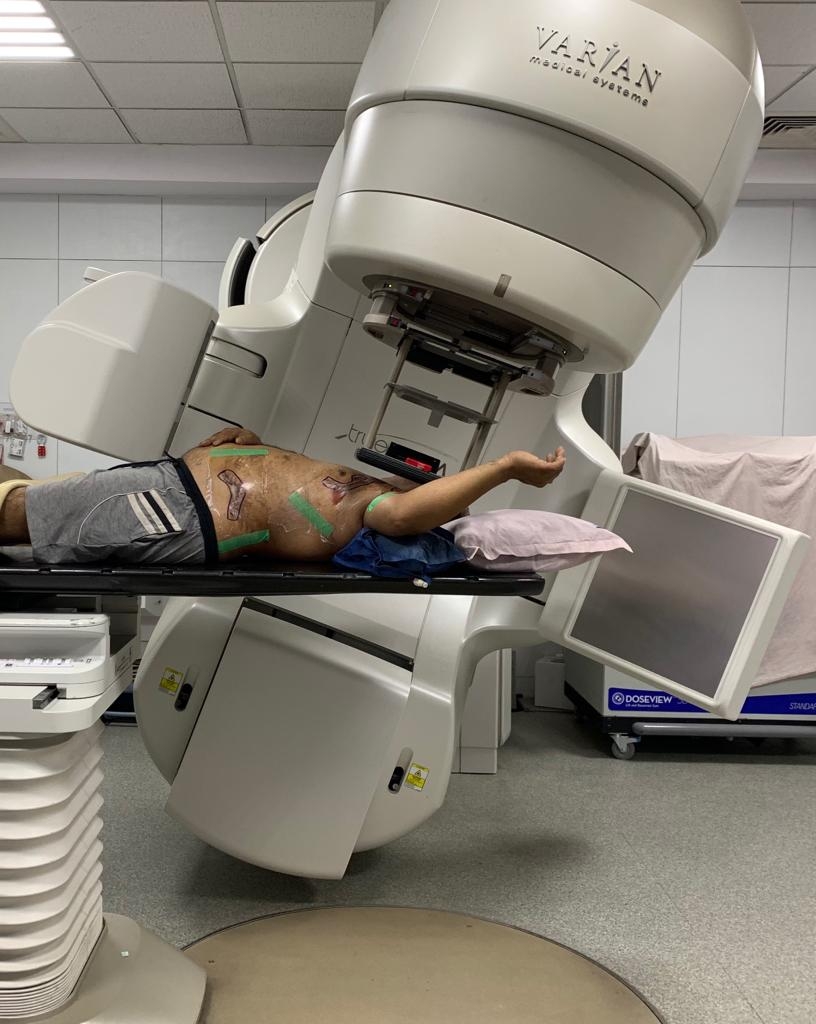Keloid
Keloids are pink to red, firm, itchy, irritated raised, hypertrophic scar that slowly enlarge and appear at the site of previous skin damage. They develop as a result of abnormal scar formation.
You may end up with a larger keloid at the excision site if you simply cut out a keloid. Cosmetic surgery should be avoided by people who have a tendency to form keloids.
Keloids tend to occur on the chest, shoulders, back and ears.
What is a keloid scar?
Keloids are scars that arise at the site of previous skin trauma and are not limited by wound size. They usually have a smooth top and are irregularly shaped. They tend to enlarge progressively. Keloids do not regress over time, unlike scars.
Causes
What leads to the occurring of keloids is not exactly known. Cellular signal alterations that control inflammation and proliferation may be related to the process of keloid formation.
Risk factors
- While keloids can occur in people of all skin types, those with dark skin tone are 15 times more likely to develop keloids.
- People belonging to Asian, African, and Hispanic ethnicity are at greater risk.
- They are very common in adults, but are less common in children and the elderly.
- The keloid tendency seems to run in families.
- A person may have a predisposition to keloid formation if there is a mutation in a gene known as NEDD4 gene.
- Keloid is more common in region between two shoulders and lower end of sternal bone
Cosmetic radiation to treat keloids
Surgical excision followed by immediate postoperative radiation therapy has been proven to be the most effective treatment for keloids. The recurrence rate is about 20% less when surgery and cosmetic radiation are combined together. Radiation is especially effective for recurrent keloids, or for patients with a high risk of recurrence, including wider spread, marginal resections, and unfavourable locations. It is most effective when radiation is started on the same day after surgical removal of the keloid.
To make sure the timing of the surgery and radiation is optimal there has to be good coordinated care between the surgeon and radiation oncologist.














